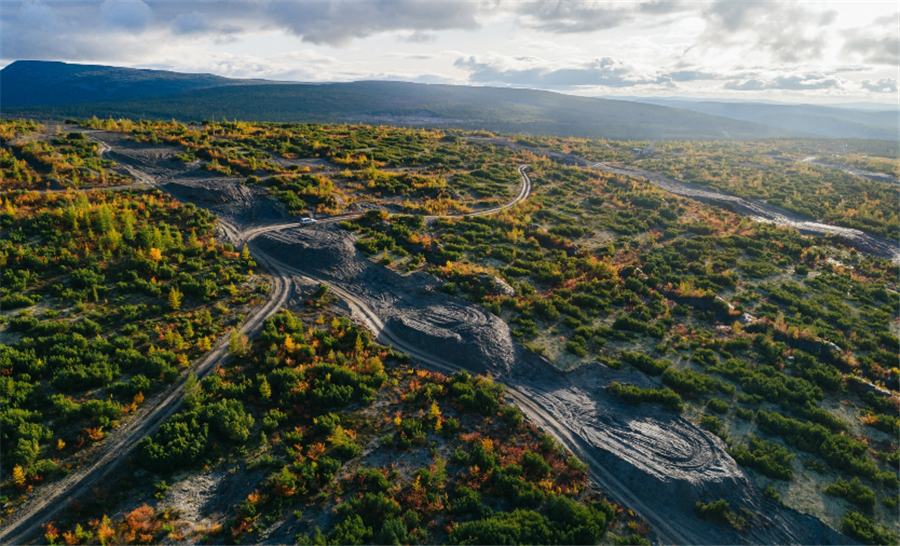
Polyus PJSC, Russia’s biggest gold miner, is planning to boost output over the next two years, setting itself apart from some international rivals as global production levels slide.
While the Moscow-based company expects a small drop this year — due in part to an ore-grade decline at some of its Siberian mines — output is set to recover in 2022 and 2023, according to an update it plans to present to investors on Wednesday.
“The essence of our short-term strategy is providing an increase in production while maintaining costs, paying stable dividends amid just slight capex growth,” Chief Executive Officer Pavel Grachev said in an interview.
Polyus is also planning a mine at Sukhoi Log, one of the world’s biggest gold deposits, in central-eastern Russia in 2027. The only other large project globally, in Canada, is on a much smaller scale, Grachev said.

Gold, a haven asset for investors, soared to record levels last August in the midst of the Covid-19 pandemic. Production declined in 2019, followed by another drop last year, according to World Gold Council data. The metal is now trading at about $1,780 per ounce — 14% lower than last year’s peak — but still well above the five-year average.
Polyus, the world’s fourth largest gold miner, expects its total cash cost to stay flat next year at $425-$450 per ounce of gold, the lowest level globally. It may decline to as low as $400 in 2023.
At the same time, annual capital expenditures are expected to be about $1.1 billion through 2023, up from last year’s $653 million. The increase is mostly due to the expansion of the Blagodatnoye project, according to Grachev. The main Sukhoi Log investments, estimated at $3.3 billion, will start in 2024.
Polyus is also planning a detailed climate strategy that it expects to announce next year. This year, the company switched to hydropower through a contract with RusHydro PJSC for 90% of its electricity supply, and it bought a certificate for clean energy for the remainder.
It’s now the only major miner working on 100% renewable power, Grachev said. Polyus also fully dropped using diesel fuel at its sites after building 600 kilometers of power lines, he added.
(By Yuliya Fedorinova)
Comments